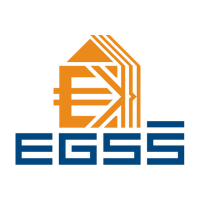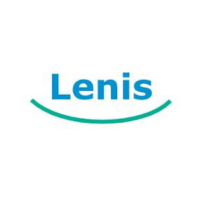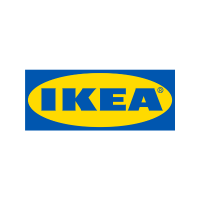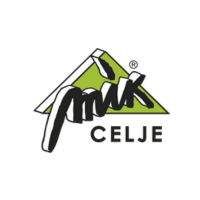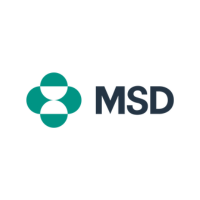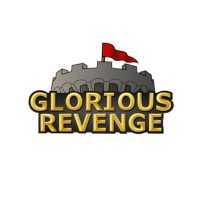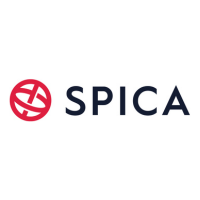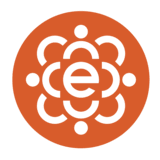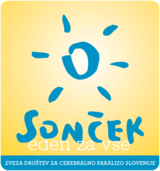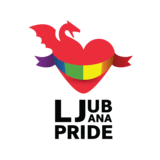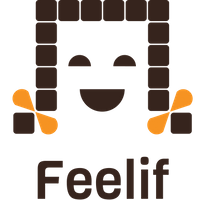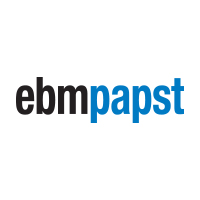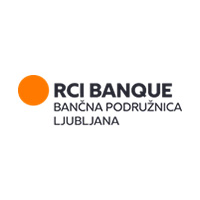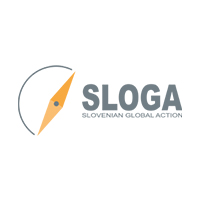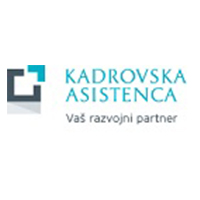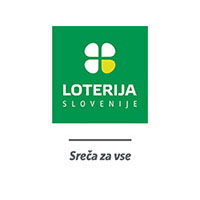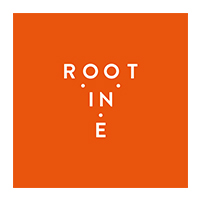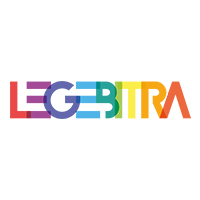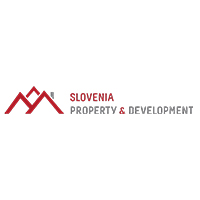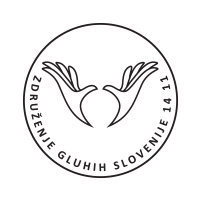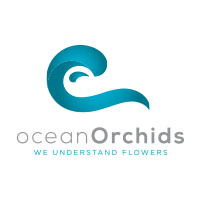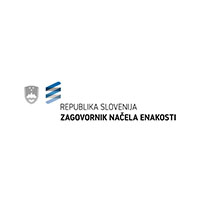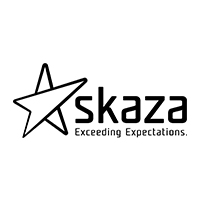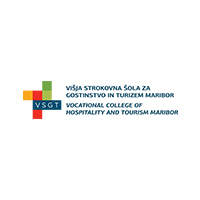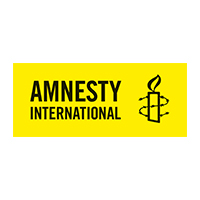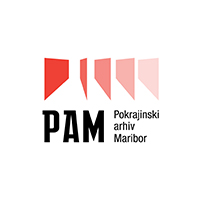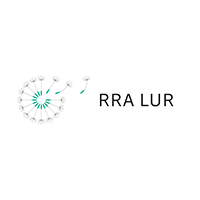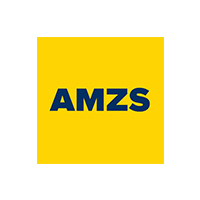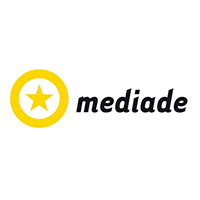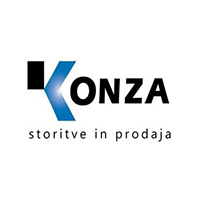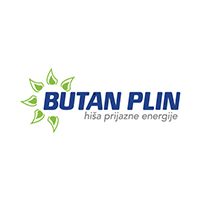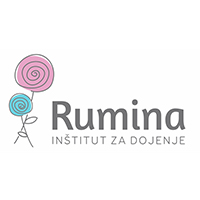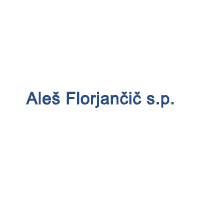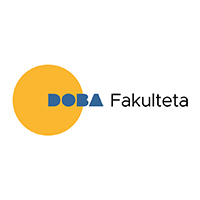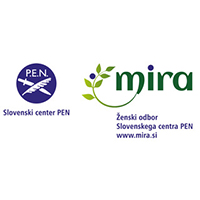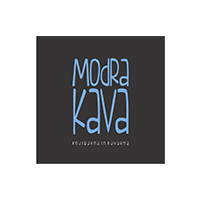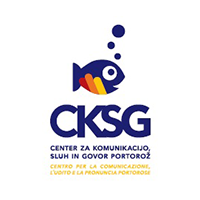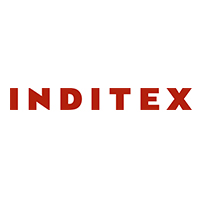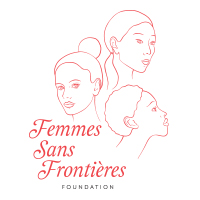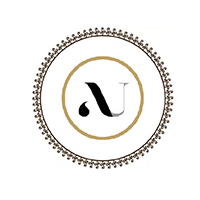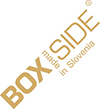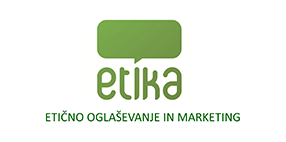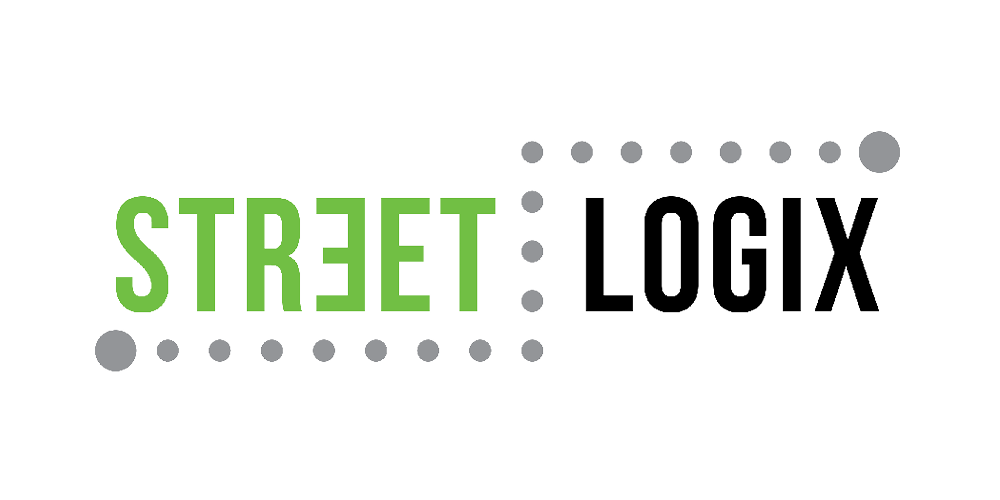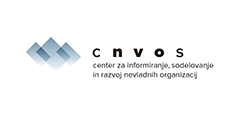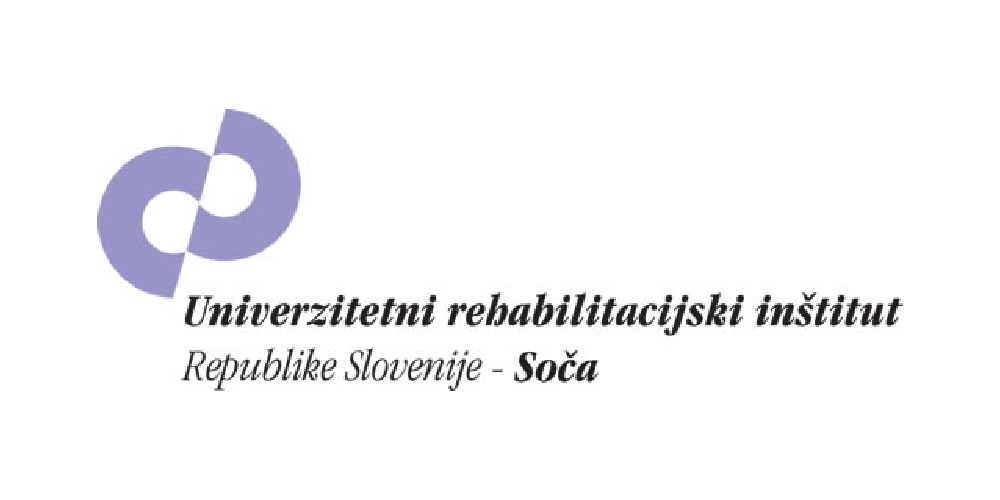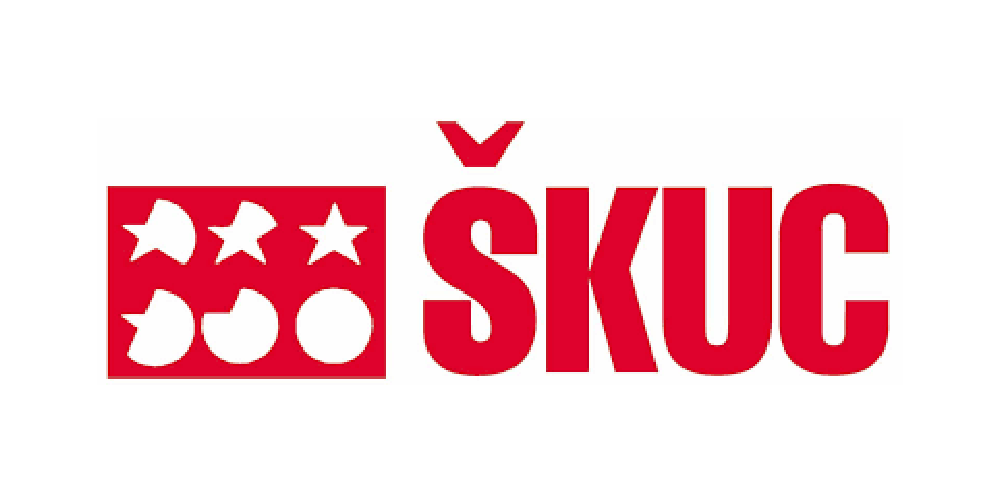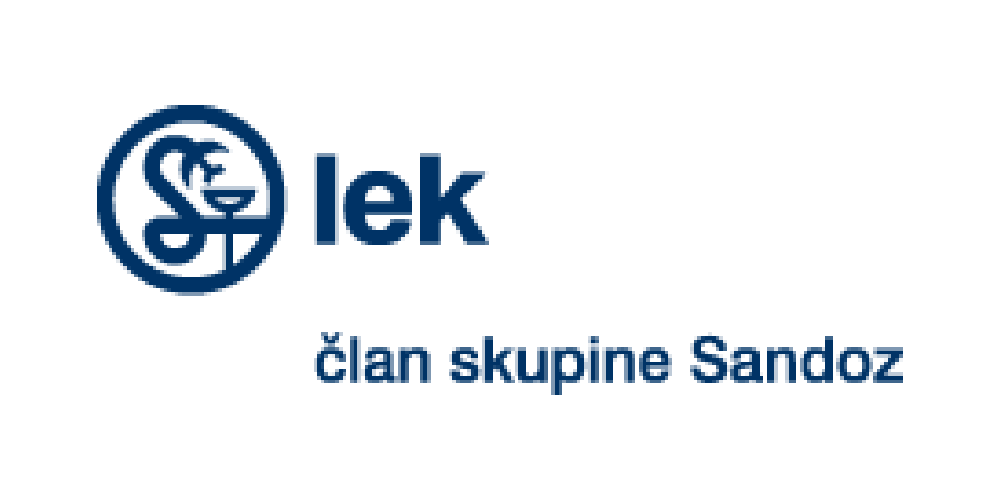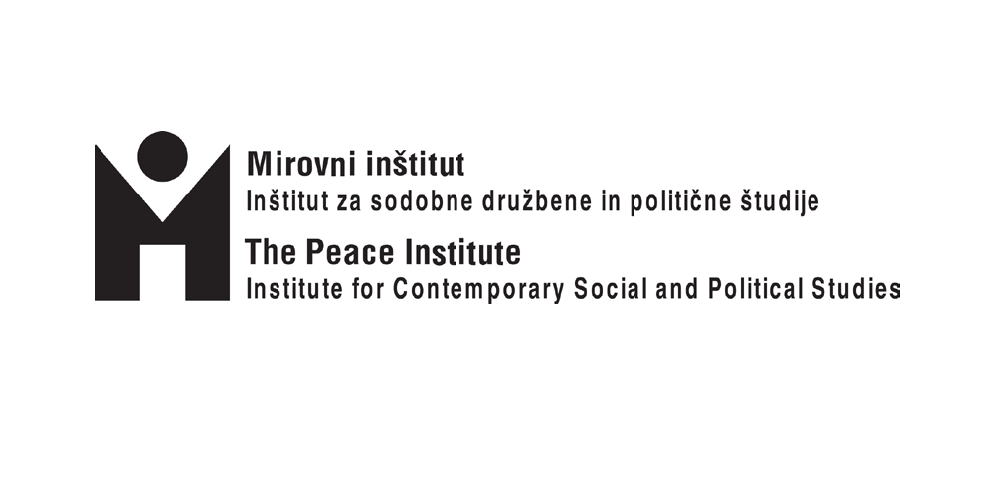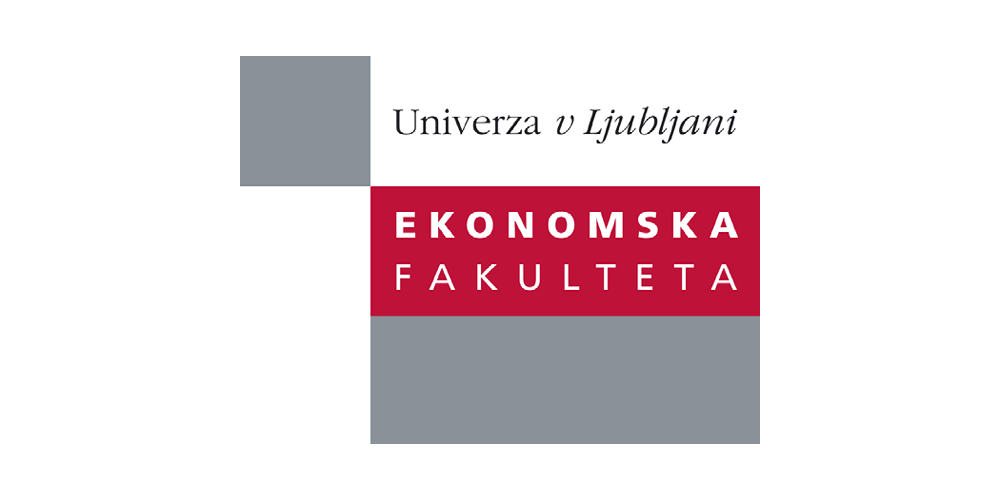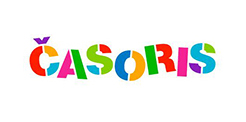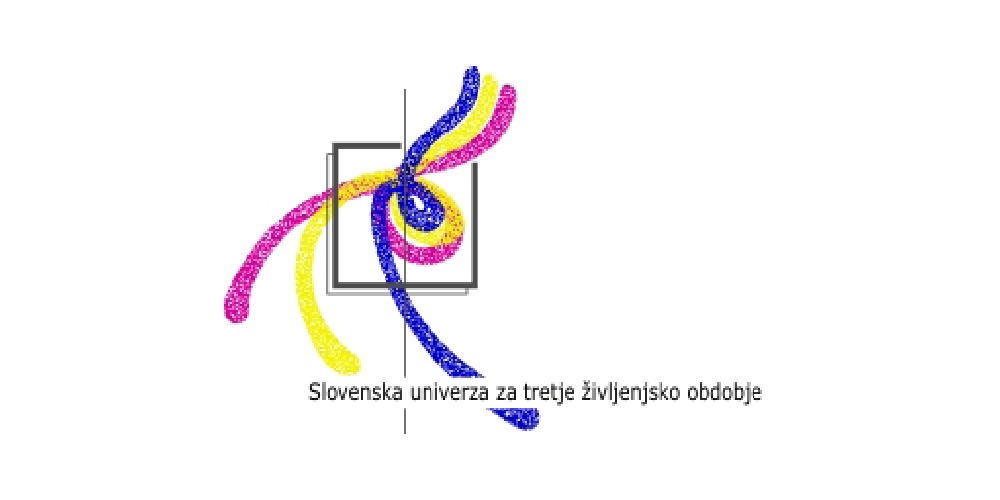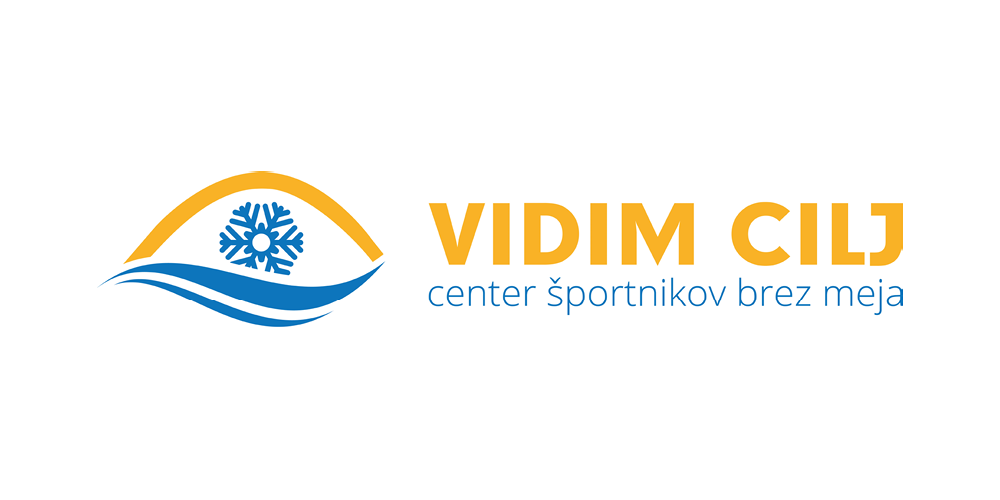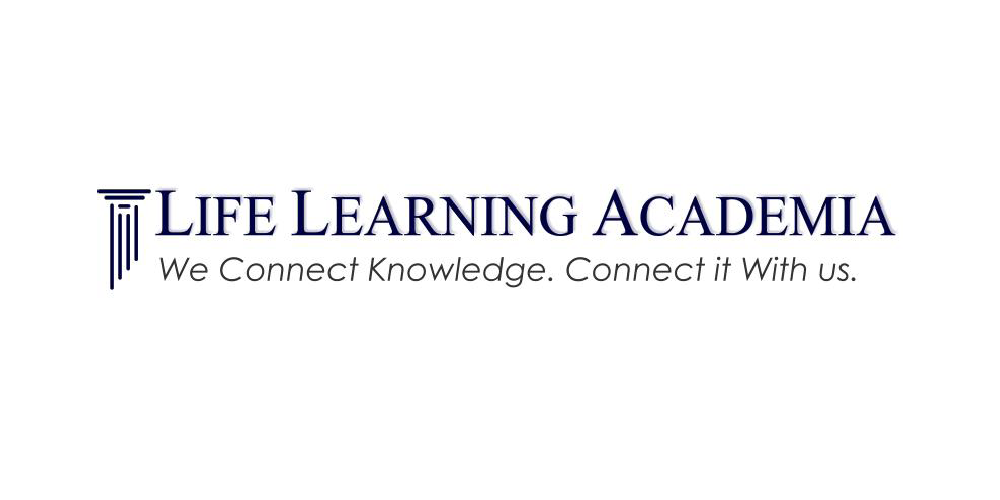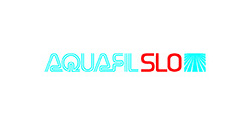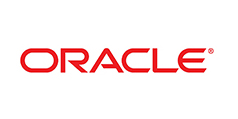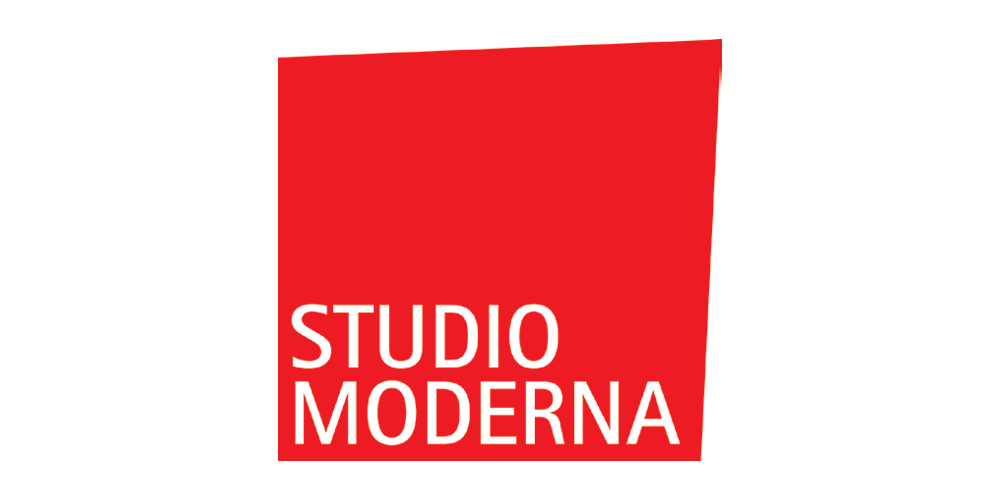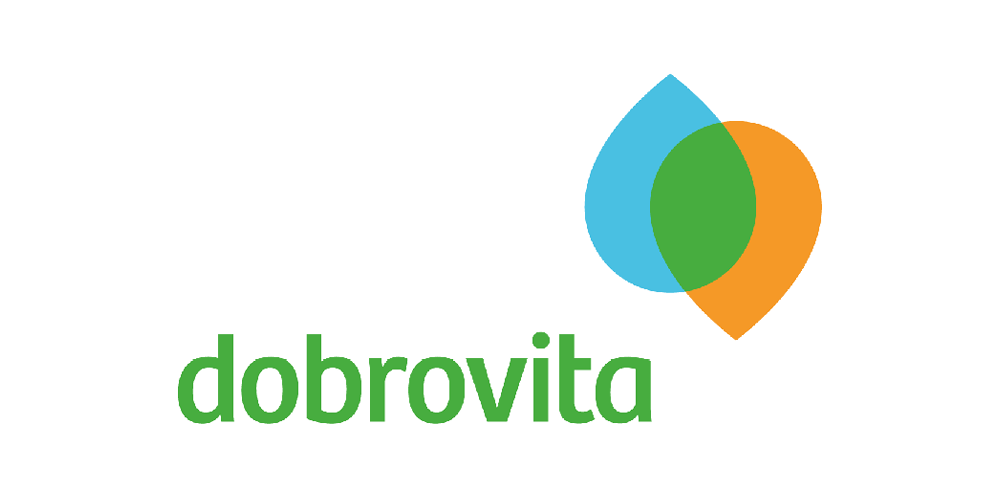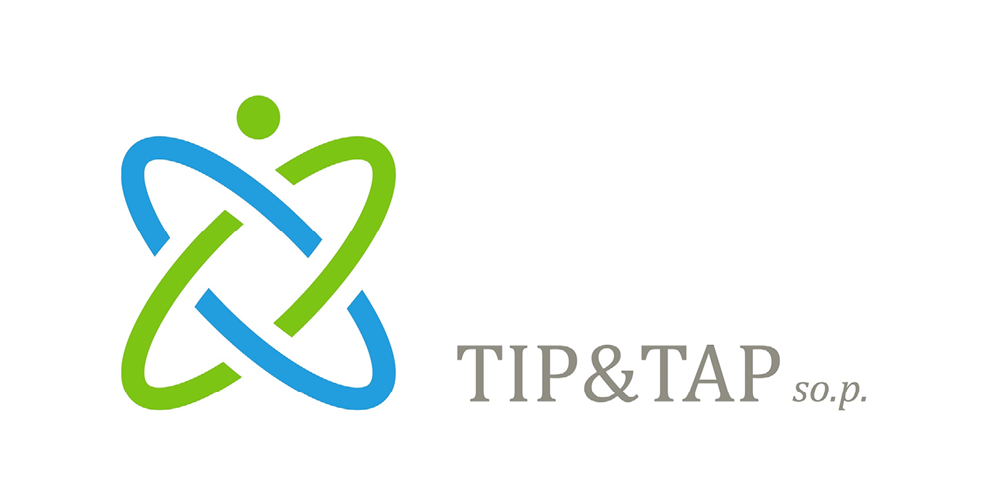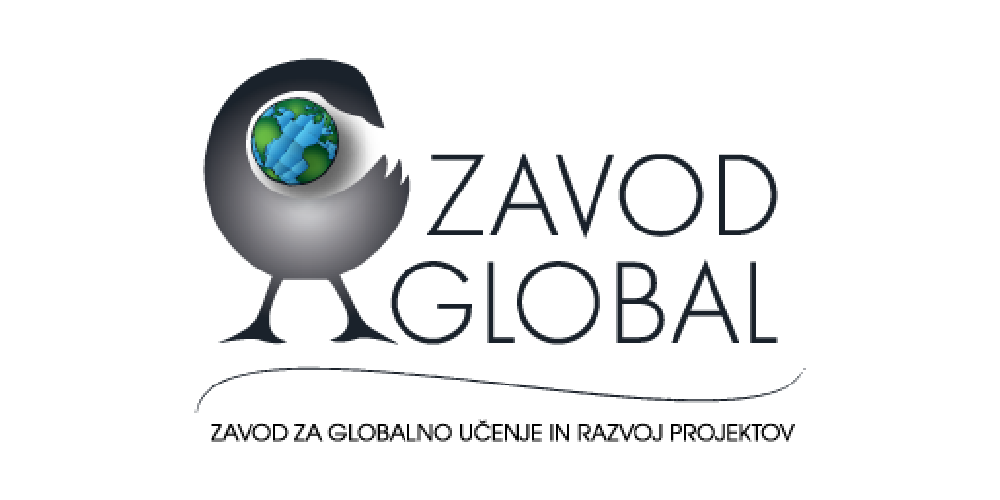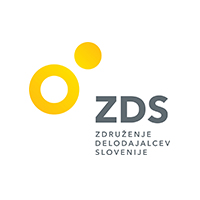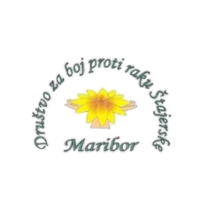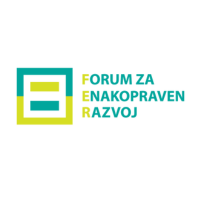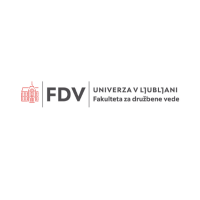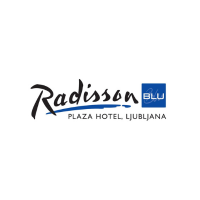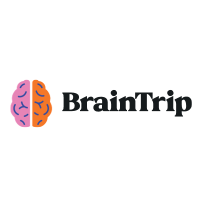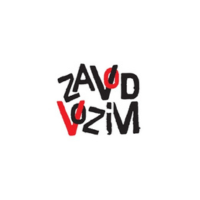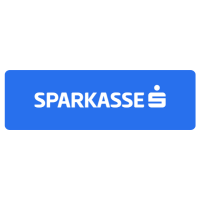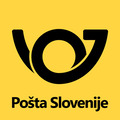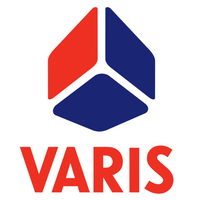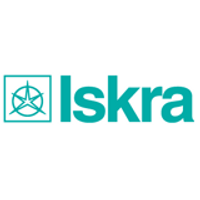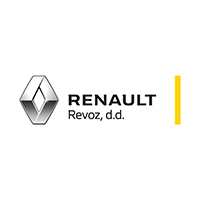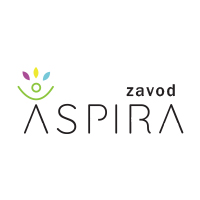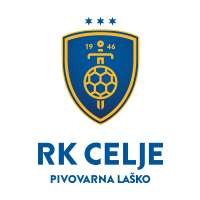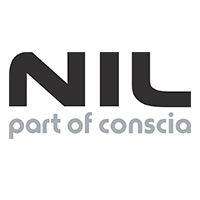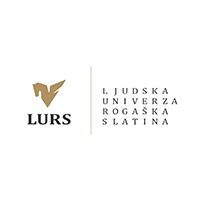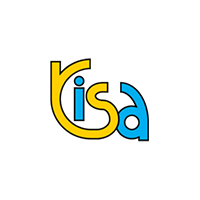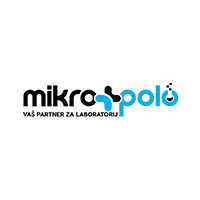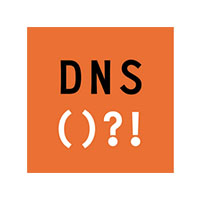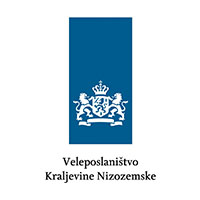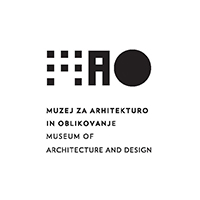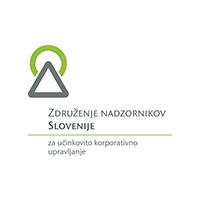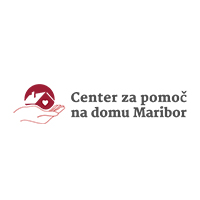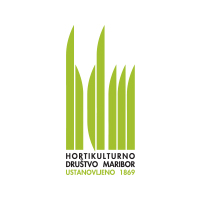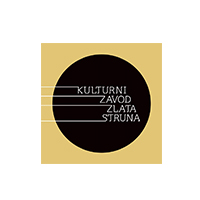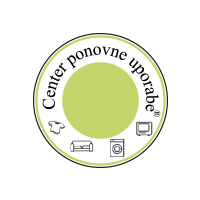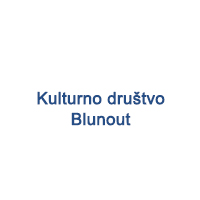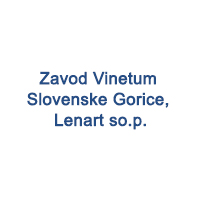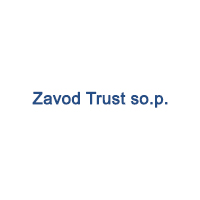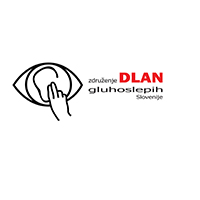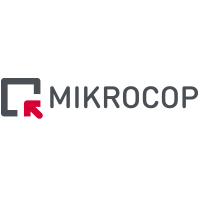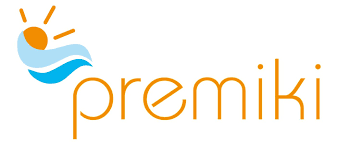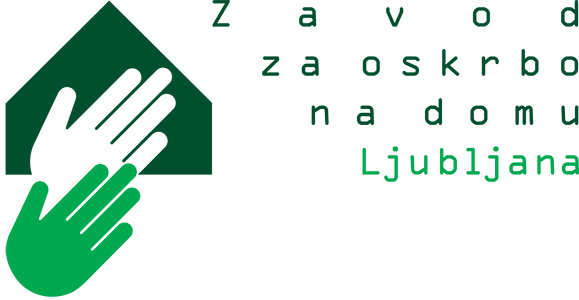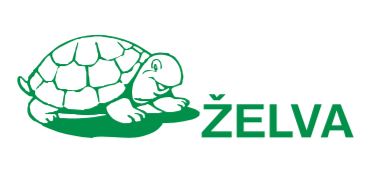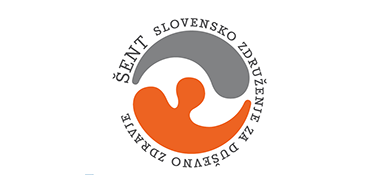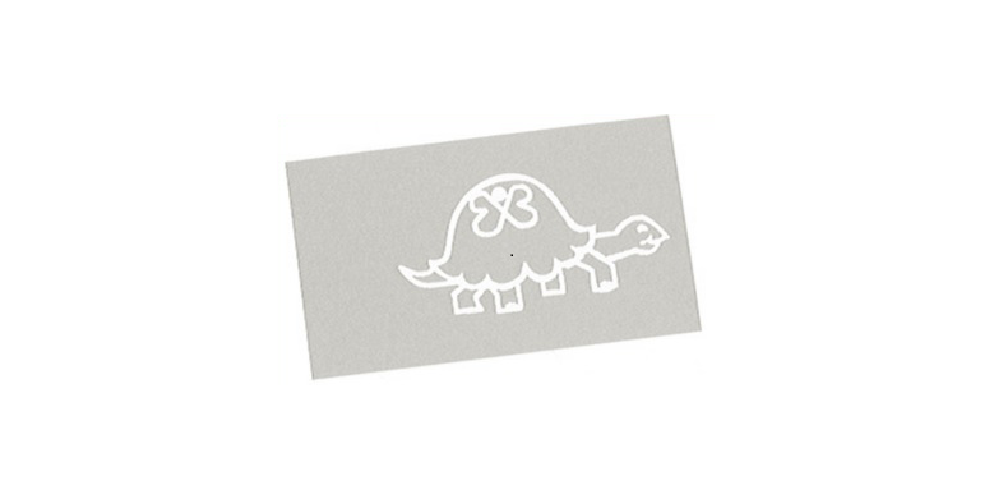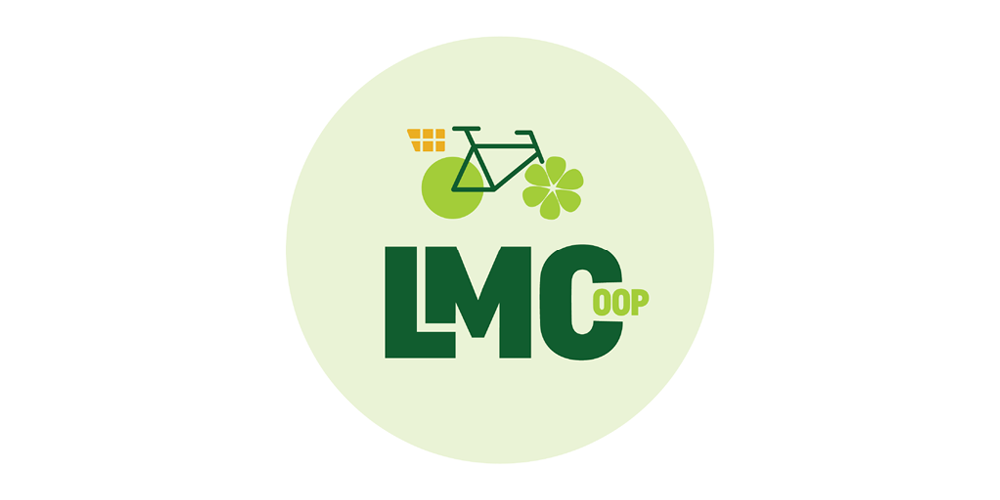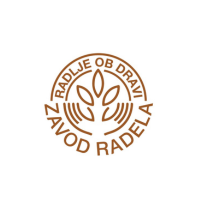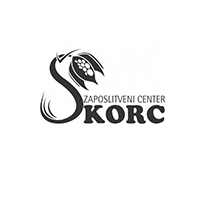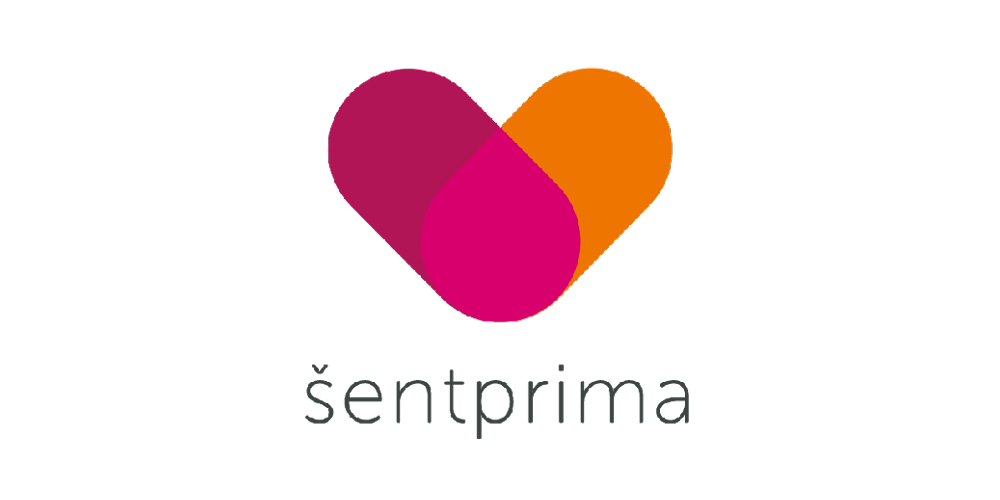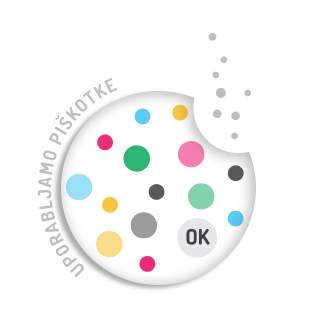“We definitely take a holistic approach to diversity and inclusion. We don’t just focus on individual groups, but on the talents of individuals and their personal contribution to the team.”
Anisa Faganelj, AMZS d.d, v sodelovanju z Luko Eržen, Ekonomska fakulteta Ljubljana
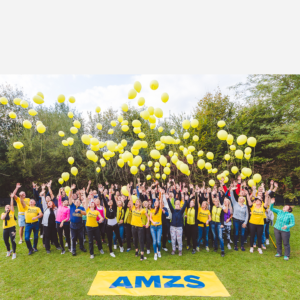
Could you share with us some key milestones in the D&I journey of your company?
Every journey first begins with awareness, so does our journey of embracing diversity. As we went through our AMZS culture transformation, we came to the realization that D&I needed to be lived and embraced more, not just in our company, but across our country. Today, our diverse teams are excelling and driving us to make even more changes in D&I.
After we started to truly live diversity and include everyone in our company, we were awarded the Vključi.vse (Include.all) prize by the Managers Association of Slovenia. In our process, we also joined the signatories of Diversity Charter, continued to promote the empowerment of our diverse teams and addressed issues around D&I. Finally, we decided to measure the understanding of the importance of diversity among employees and develop a strategy for managing diversity in the company based on the assessments. We are currently in the implementation phase of the strategy.
What aspects of diversity management have the highest priority in your company?
We definitely take a holistic approach to diversity and inclusion. We don’t just focus on individual groups, but on the talents of individuals and their personal contribution to the team. Regardless of age, gender, regional affiliation, religion, sexual orientation, … individuals and their talents and skills are important. We believe in truly living our initiatives, so our top priority is to also involve our employees, regardless of their position, in the planning phase of our D&I strategy. We are currently focusing on communicating the importance of D&I and developing various D&I trainings and workshops. We are convinced that we make the most progress by simply talking and having open conversations about everything possible.
Which D&I activities have been implemented in your organization so far?
We have been unknowingly promoting D&I for a long time, which also led to us receiving the Vključi.vse award. However, in the last year we have made a lot of progress and implemented many initiatives succinctly. We came to the realization that we must first ask our employees how they perceive D&I and whether they feel accepted and empowered in their workplace. The results were above our expectations, but this analysis also gave us insight into where we are lacking – namely knowledge. Our employees want to learn and talk more about D&I, and that’s what we’re currently doing. We created a completely new, holistic D&I strategy just last month and are in the process of implementing it, where the key is communication and learning. We have three main pillars – the first is around our internal processes, so we’re systematizing D&I across the business functions, the second is around training, workshops and other employee-facing learning experiences, and the third is making sure we’re engaging with the wider business community and giving back and sharing our knowledge and expertise of what we do. Our strategy is very much alive, which means we are constantly updating it and adapting it to our needs and those of society.
In your opinion, what are the biggest challenges faced by your sector in creating a diverse and inclusive workforce?
Right now, we would say that the biggest challenge is getting that diverse talent – in our industry, we have a shortage of talent in the first place, let alone diverse talent. We are working to attract young talent to choose to study to be a mechanic or technician, and of course we want to help young girls in particular make that decision. We believe that if we help them navigate through their studies, we will be able to develop them in our company later on. Another challenge would be how to measure D&I and convince everyone of its importance. We are tackling this issue head on and look forward to developing a holistic tool and sharing it with the entire business community. Finally, D&I and its importance is still not talked about enough – this issue is not present in our company, but definitely in our industry. We hope to lead by example and change that pretty soon as well.
What business benefits do you see as a result of increasing D&I?
Above all, make everyone feel accepted and respected. This contributes to good relationships and well-being in the workplace and is reflected in productivity, which is still the ultimate goal of any company. We want our employees to know that they come first, even before business benefits, because we get those benefits because of them. But we also believe strongly in results, so we try to do everything we can to allow our employees to be themselves and shine through their talents without anything holding them back. That’s what D&I is all about in our eyes.
Can you name three diversity challenges that companies have to pay attention to?
Based on our research, we have identified three key challenges that we and our industry have in common – attracting diverse talent (especially hiring more women), addressing generational differences, and achieving higher levels of psychological safety. All of these challenges need to be addressed directly and, more importantly, in a holistic way. In formulating our new D&I strategy, we have taken these challenges into account and come up with some initiatives to mitigate them. We believe that all companies should pay more attention to psychological safety in the workplace, as it is very much linked to the success of D&I initiatives.
What do you do to convince your colleagues to see the value in diversity management, or even more to truly get them on board?
In short, constantly spreading the knowledge and importance about it and never giving up. For the past year or so, we’ve been doing our best to really communicate the importance of D&I to all of our employees and then also give them the right tools and knowledge to harness the power of it. We’re working hard to develop mandatory onboarding training for all new hires, and we’re also hosting some really hands-on workshops that focus on D&I. In addition to all that, we really believe that we already live D&I, so walking the talk is something that is a must when trying to bring someone on board.
How did you celebrate #EUDiversityMonth this May?
In addition to participating in some roundtables and sharing our D&I knowledge with the Slovenian business community, we were continuing the “Wellness Hours” (Urice za dobro počutje) initiative for all employees, where we addressed topics that promote a greater understanding of diversity. We also hold a special management meeting to present the results of our D&I initiatives and work to date alongside the new proposed strategy. We believe that we need to take many small steps towards big movements, throughout the year, not just in May.
This interview was produced with the financial support of the European Union (project Workplace Inclusion Champion WIC). Its contents are the sole responsibility of the author and do not necessarily reflect the views of the European Union.
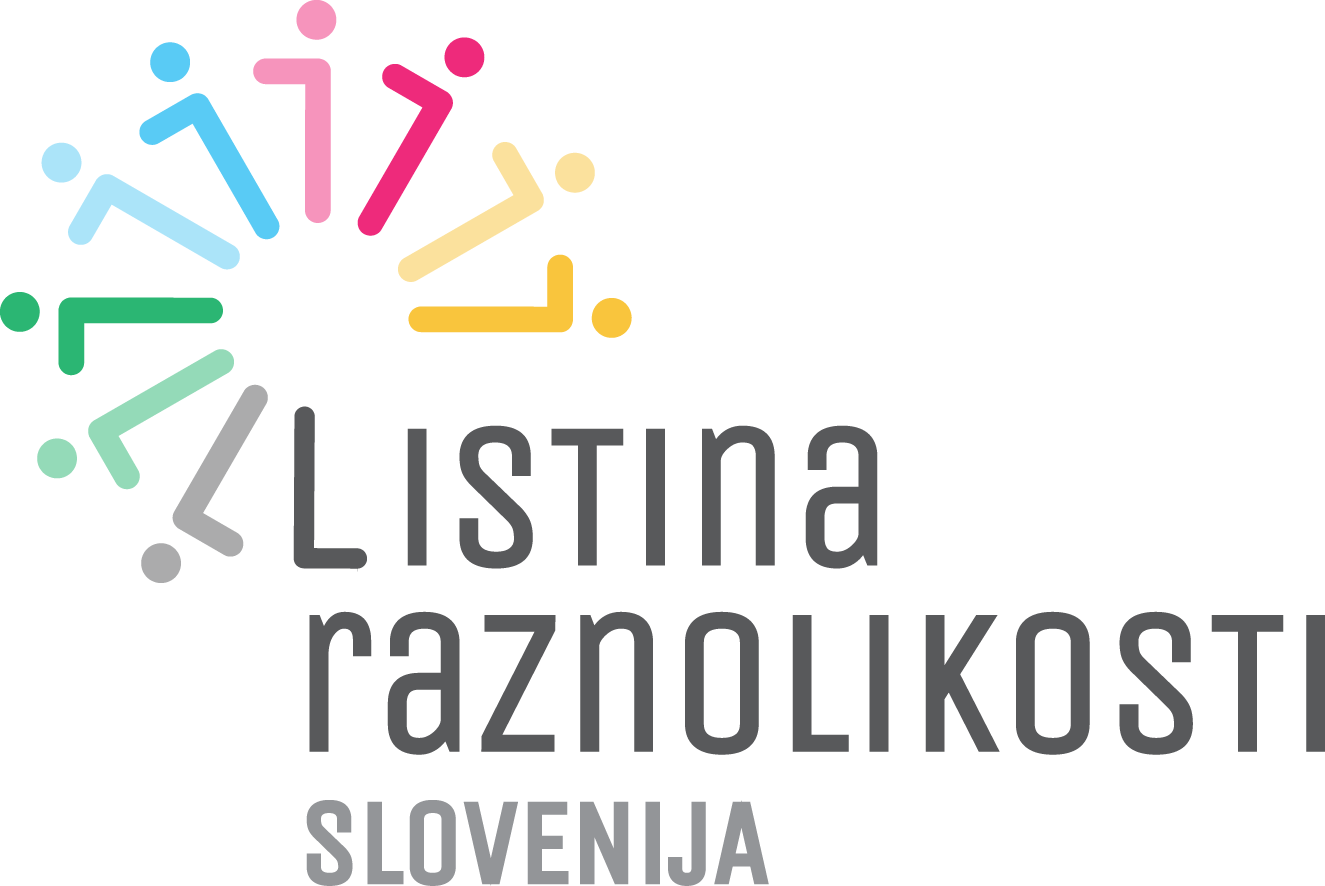

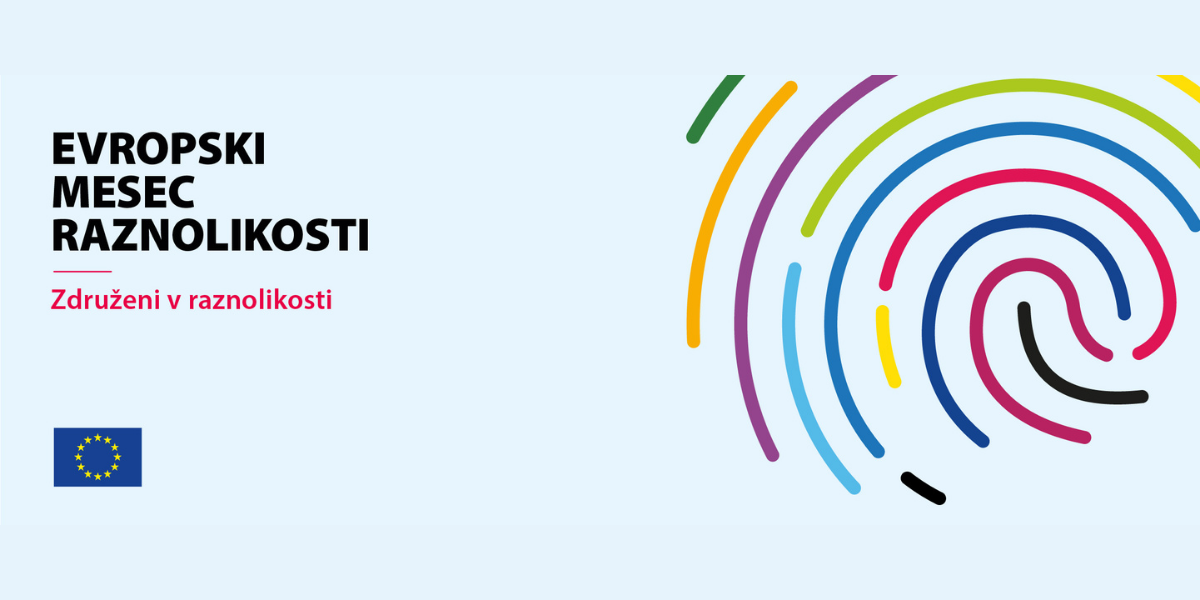
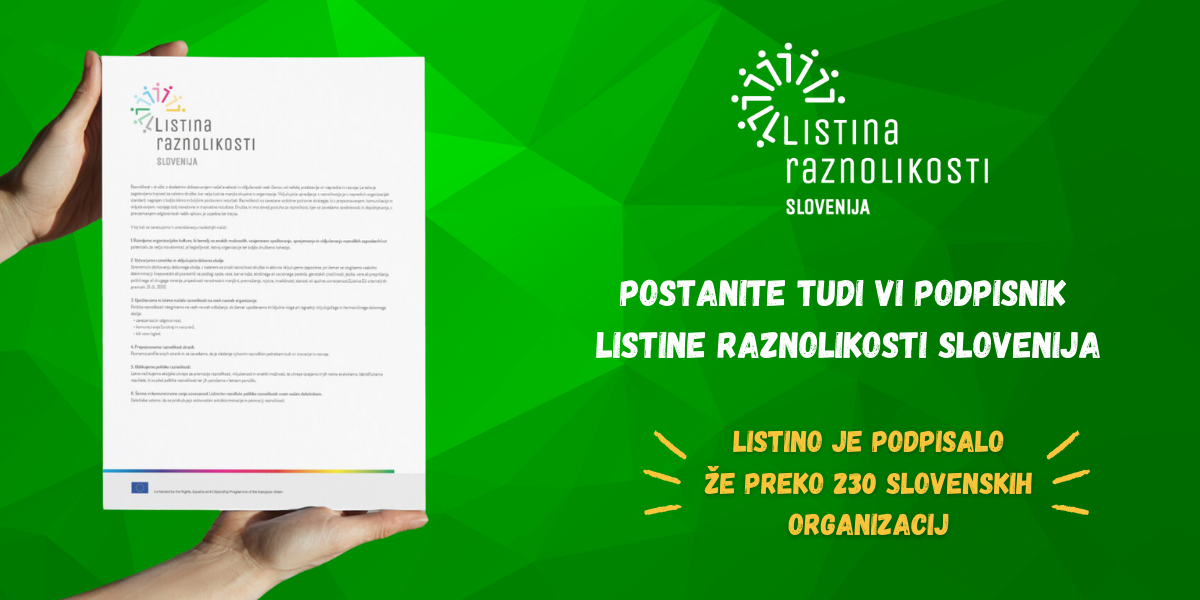
 WORKPLACE INCLUSION CHAMPION
WORKPLACE INCLUSION CHAMPION